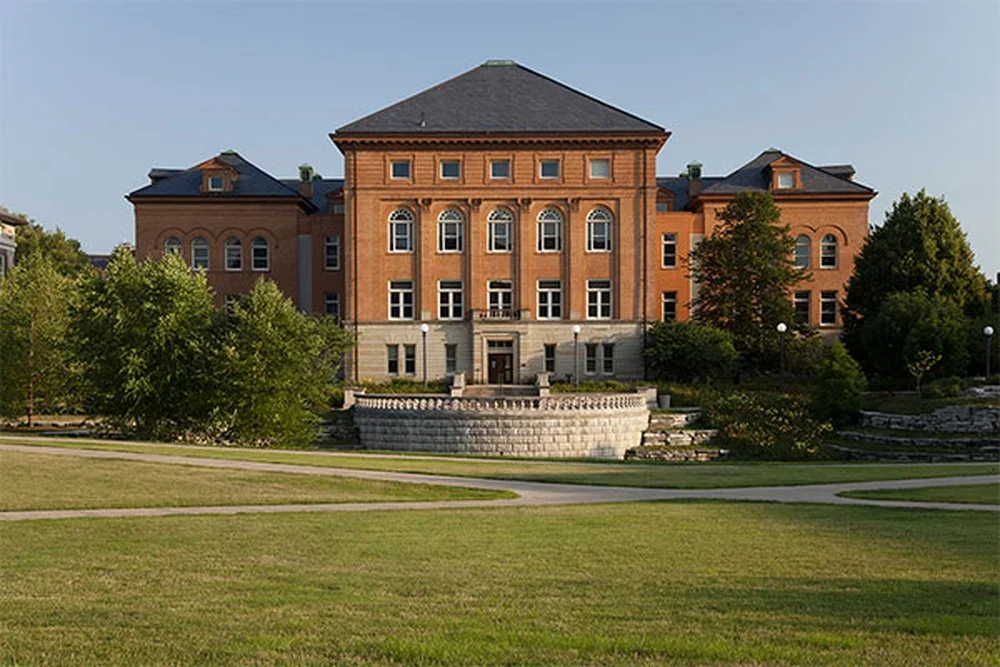
Ken Burns, director of such acclaimed documentaries as The Civil War and Baseball, has now focused his spotlight on America’s national park system through The National Parks: America’s Best Idea. The six-part documentary, spanning 12 hours, is a great work; but it still leaves out a lot, says Robert Pahre, an LAS political science professor who recently took a class to Yellowstone to study the politics of wildlife.
“Half of the show is about Yellowstone and Yosemite,” Pahre points out, and Burns almost completely ignores the national parks of the Midwest. Mammoth Cave in Kentucky and Isle Royale in Michigan get about 10 seconds of screen time, and there is no mention of Indiana Dunes, Sleeping Bear Dunes in Michigan, or Voyageurs in Minnesota.
“Ken Burns has a heroic vision of the National Park System,” Pahre adds. Therefore, he puts more attention on parks that were championed by individual heroes—such as Yosemite National Park, which was championed by the famed naturalist John Muir. Ironically, since many of the stories in the documentary focus on the people behind the parks, there is little about the animals and environments.
Pahre grew up in Seattle with Mount Rainier National Park in his backyard. But Mount Rainier didn’t get much attention in the film because its advocate was a group, not an individual hero. Its advocate was a mountaineering group, plus the chambers of commerce in Seattle and Tacoma.
“Not everyone can be a hero, but we can all join a group,” Pahre says. “So in some ways, groups are even more inspiring.”


